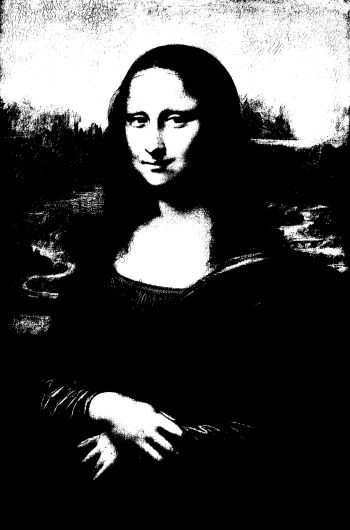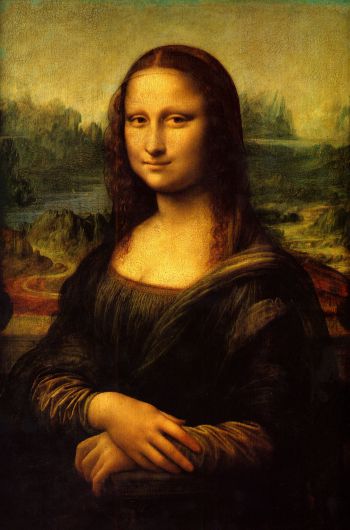Grayscale or Bitonal: Which is a better method for scanning my records?
The end game in scanning records - whether vacation photos or historical records for a courthouse - is to ultimately have a digital copy that you can read easily. There are several ways to capture digital images. Depending on the project you might use a variation of each of them.
3 capture techniques
Bitonal: black and white, two-tone scan. Most often used for printed or text documents. Handwriting can be a bit harder to pick up.
Grayscale: palette of up to 256 gray tones that works great for black and white photographs. Also best for handwriting because details display better than a bitonal scan. Also a great choice for older records where paper may be discolored.
Color: palette of 256 to thousands of colors is used for photographs and documents where color must remain visible. Maps, diagrams and illustrations are great examples of records that should be captured in color. To capture the natural appearance of an item, color scans may be best.
What about handwritten documents?
Hand writing can be extremely tricky. We typically sample in bitonal and grayscale to test which method works best. Here is an example of handwriting that was scanned in bitonal and then grayscale. Which looks better to you?
Bi-tonal Image of handwritten document
Grayscale image of handwritten document
It is easy to see that Grayscale was the clear winner in this case. The different pressures applied while writing are apparent in the different tones of gray in the bottom image.
So, which method is better? Grayscale catches more of the finer details. Ask yourself - how important those details are and you will find your answer.
Contact us to discuss your scanning project.





